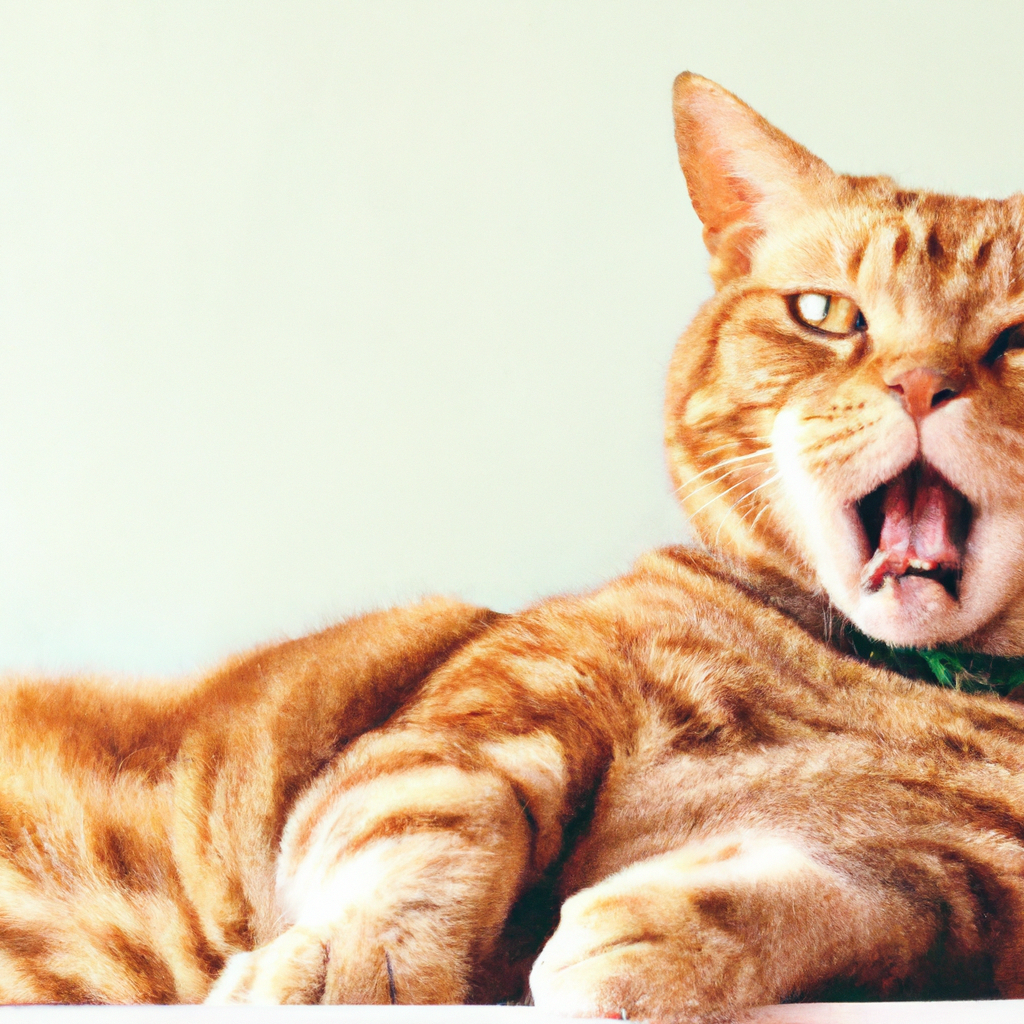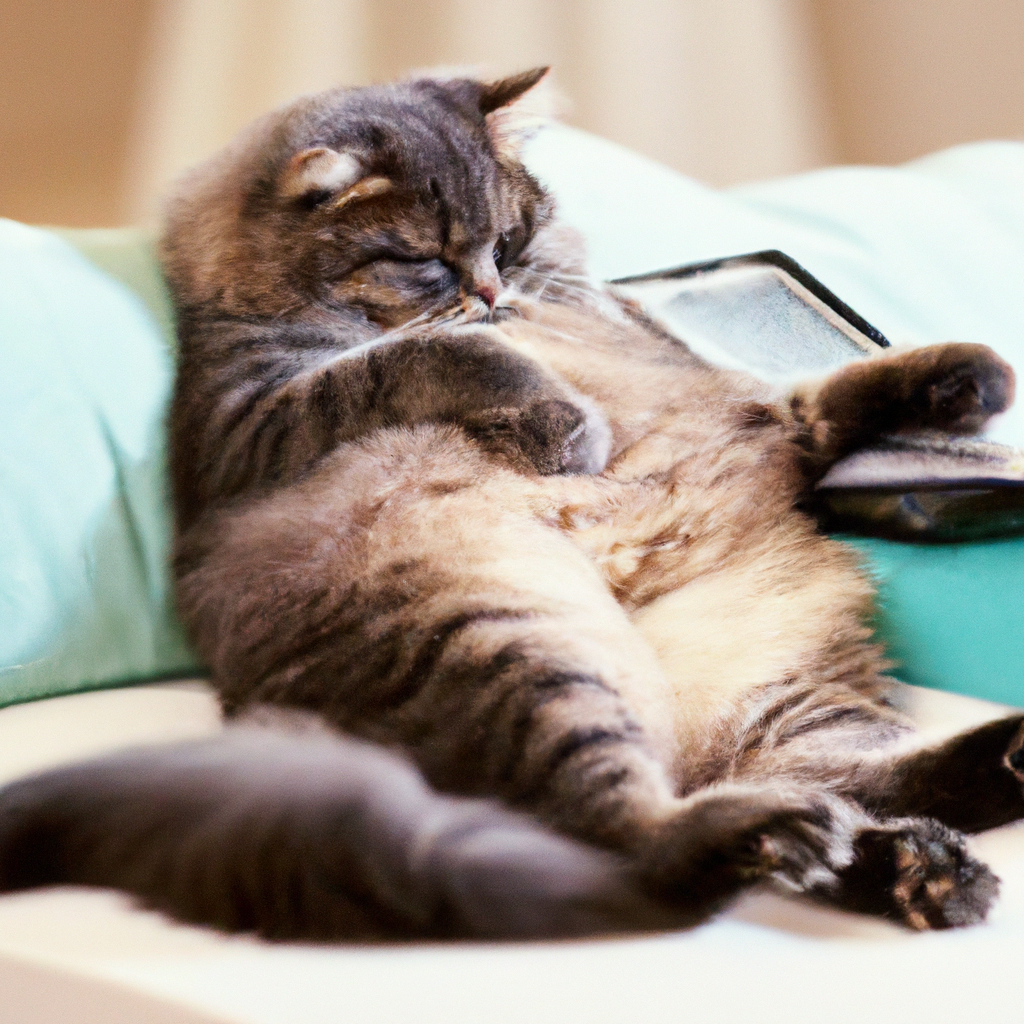Thinking of getting a feline friend? Before you bring home a cat, it’s important to consider the costs. From initial expenses like adoption or purchase fees, to ongoing expenses like food, litter, and vet bills, it’s essential to have a clear understanding of just how much owning a cat can cost. In this article, we’ll break down the various expenses associated with cat ownership, helping you determine a realistic budget and ensuring you’re well-prepared to provide a loving and comfortable home for your new companion.


How Much Do Cats Cost
Cats make wonderful companions and can bring a lot of joy to our lives. However, before bringing a cat into your home, it’s important to consider the costs associated with owning a cat. From initial expenses to ongoing costs and even unexpected expenses, being aware of the potential financial commitment is essential. In this article, we will explore the various costs involved in owning a cat, as well as some ways you can save money along the way.
Initial Costs
When bringing home a new cat, there are several initial expenses to consider.
Adoption Fees
If you decide to adopt a cat from a shelter or rescue, there may be adoption fees involved. These fees typically help cover the cost of caring for the cat while at the shelter, including vaccinations, spaying/neutering, and any medical treatments they may have received. Adoption fees can vary depending on the shelter or rescue, but they are often more affordable than purchasing a cat from a breeder.
Purchase Price
If you choose to purchase a cat from a breeder, the cost can vary significantly depending on the breed, pedigree, and age of the cat. Pedigree cats, such as those with papers from recognized cat breed associations, often come with a higher price tag. Keep in mind that while purchasing a cat from a breeder may be more expensive upfront, it can provide you with more predictability in terms of the cat’s breed, appearance, and temperament.
Spaying/Neutering
Spaying or neutering your cat is an essential step in responsible pet ownership. Not only does it help control the cat population, but it also has several health benefits for your feline friend. The cost of spaying or neutering can vary depending on your location and the size of the cat, but it is generally a one-time expense that can greatly improve your cat’s overall well-being.
Microchipping
Microchipping your cat is another crucial expense to consider, especially if your cat ever becomes lost or goes missing. A microchip is a small device implanted under the cat’s skin, containing a unique identification number that can be scanned by veterinarians or animal shelters. This helps reunite lost cats with their owners. The cost of microchipping can range from $25 to $50, but it provides peace of mind knowing that your cat has a higher chance of being returned to you if they wander off.
Vaccinations
Vaccinations are essential for your cat’s health and well-being. They help protect them from common feline diseases such as rabies, feline distemper, and feline leukemia. The cost of vaccinations can vary depending on your location and the specific vaccines required, but typically range between $50 to $200 for the initial series of shots. Some veterinarians also offer vaccination packages that include multiple vaccines at a discounted rate.
Initial Supplies
Before bringing your cat home, you will need to invest in some initial supplies. This can include a litter box, litter, food and water bowls, toys, scratching posts, and a bed. The cost of these supplies can vary depending on the quality and brand you choose, as well as the size and age of your cat. On average, you can expect to spend between $100 and $300 on these initial supplies.


Ongoing Costs
Once your cat is settled into their new home, there are ongoing costs to consider for their daily care and well-being.
Food
Feeding your cat a balanced and nutritious diet is essential for their overall health. The cost of cat food can vary depending on the brand, quality, and type of food you choose. It’s important to provide your cat with high-quality cat food that meets their specific dietary needs. On average, cat owners spend around $300 to $500 per year on cat food.
Litter
Providing a clean and sanitary litter box for your cat is crucial. The cost of cat litter can vary depending on the brand and type, such as clumping or non-clumping litter. On average, cat owners spend around $200 to $300 per year on cat litter.
Veterinary Care
Regular veterinary care is vital to keep your cat healthy and prevent any potential health issues. This includes yearly wellness exams, vaccinations, parasite prevention, and dental care. The cost of veterinary care can vary depending on your location, the specific services required, and any additional treatments or medications. On average, cat owners can expect to spend around $200 to $400 per year on routine veterinary care.
Grooming
While cats are known for their self-grooming abilities, some cats may require additional grooming assistance. This can include brushing their fur, trimming their nails, and cleaning their ears. Grooming costs can vary depending on the services required and your location. Some cat owners may choose to groom their cats at home, which can help save money. However, professional groomers may be necessary for certain breeds or if you’re not comfortable grooming your cat yourself.
Optional Costs
In addition to the essential expenses, there are some optional costs to consider that can enhance your cat’s quality of life.
Pet Insurance
Pet insurance is an optional but valuable expense that can help cover unexpected medical costs for your cat. It provides financial protection in case of accidents, injuries, or illnesses. The cost of pet insurance can vary depending on the coverage level, deductibles, and your cat’s age and breed. On average, cat owners can expect to spend between $200 and $600 per year on pet insurance.
Toys and Enrichment Items
Keeping your cat entertained and mentally stimulated is important for their overall well-being. Toys and enrichment items, such as puzzle toys, scratching posts, and interactive playsets, can provide hours of entertainment and exercise for your cat. The cost of toys and enrichment items can vary depending on the type and brand. Setting aside a budget of $50 to $100 per year for these items is a good starting point.
Boarding or Pet Sitting
If you frequently travel or need to be away from home, you may need to consider the cost of boarding your cat or hiring a pet sitter. Boarding facilities and pet sitters can provide a safe and comfortable environment for your cat while you’re away. The cost of boarding or pet sitting services can vary depending on your location, the duration of your absence, and any additional services required. On average, cat owners can expect to spend between $15 and $50 per day for boarding or pet sitting.
Unexpected Costs
No matter how well you plan, there may be unexpected costs that arise during your cat’s lifetime.
Emergencies
Just like humans, cats can experience emergencies or accidents that require immediate medical attention. These can include injuries, sudden illness, or ingestion of toxic substances. Emergency veterinary care can be costly, with expenses ranging from a few hundred to several thousand dollars. It’s essential to have an emergency fund or consider pet insurance to help cover these unexpected expenses.
Medical Conditions
Cats can develop various medical conditions throughout their lives, such as allergies, urinary tract issues, or chronic diseases. Treating these conditions may require ongoing medications, veterinary visits, or specialized diets. The costs of managing medical conditions can vary widely depending on the specific condition and treatments required. It’s crucial to speak with your veterinarian about potential health issues that are common in your cat’s breed or age group to better anticipate potential costs.
Behavioral Issues
Some cats may develop behavioral issues that require professional intervention and training. This can include aggression, inappropriate elimination, or excessive scratching. The costs of working with a professional behaviorist or trainer can vary depending on their experience and location. It’s important to address behavioral issues promptly to ensure the well-being of your cat and maintain a harmonious household.
Factors Affecting Costs
Several factors can impact the overall cost of owning a cat.
Breed
The breed of your cat can significantly impact the initial and ongoing costs. Pedigree or purebred cats often come with a higher price tag, both in terms of purchase price and potential health issues due to breed-specific conditions.
Age
The age of your cat can also influence costs. Kittens may require more vaccinations, spaying/neutering, and initial supplies compared to adult cats. Additionally, senior cats may require more frequent veterinary visits and specialized care as they age.
Location
The cost of living can vary depending on your location, and this includes the cost of cat-related expenses. Veterinary care, grooming services, and even the price of cat food and litter can fluctuate based on your geographic area.
Breeding Status
If you decide to breed your cat, there may be additional costs associated with this endeavor. Breeding cats requires proper veterinary care, genetic testing, and potential costs for finding suitable mates and ensuring the health of both the mother and kittens.
Ways to Save Money
While owning a cat does come with expenses, there are several ways you can save money along the way.
Adopting from Shelters
By adopting a cat from a shelter or rescue, you can often find cats that have already been spayed/neutered, vaccinated, and microchipped at a significantly reduced cost compared to purchasing from a breeder. Plus, you’ll be giving a loving home to a cat in need.
Choosing Low-Cost Veterinary Clinics
Some veterinary clinics offer discounted services or low-cost clinics for routine vaccinations and check-ups. Researching affordable veterinary options in your area can help reduce the cost of routine care.
Buying in Bulk
Purchasing cat food, litter, and other supplies in bulk can often save you money in the long run. Look for sales, coupons, or consider joining loyalty programs at your pet store to maximize savings.
DIY Grooming
If your cat’s grooming needs are minimal, consider learning basic grooming techniques and handling grooming tasks yourself. Regular brushing, nail trimming, and ear cleaning can be done at home, saving you money on professional grooming services.
Conclusion
Owning a cat brings immeasurable joy and companionship, but it’s essential to be prepared for the associated costs. From initial expenses like adoption fees or purchase price, to ongoing costs of food, litter, veterinary care, and grooming, owning a cat requires a financial commitment. Additionally, unexpected costs, such as emergencies, medical conditions, or behavioral issues, can arise throughout your cat’s lifetime. However, by considering ways to save money and being proactive in your cat’s care, you can provide a happy and healthy life for your feline friend while managing the costs effectively.

